Introduction
In recent years, artificial intelligence (AI) has become an integral part of space exploration, enhancing the capabilities of spacecraft, improving mission efficiency, and enabling the automation of many complex tasks. The complexity of space missions, whether crewed or uncrewed, requires sophisticated systems capable of making real-time decisions, processing vast amounts of data, and ensuring the safety of crew members. With the increasing reliance on AI, the landscape of space exploration is undergoing a profound transformation, allowing scientists, engineers, and astronauts to tackle challenges that were once considered insurmountable. This article explores the various ways in which AI is used in space missions, from autonomous spacecraft control and data analysis to monitoring astronaut health and predicting potential hazards.
AI in Spacecraft Control and Automation
Autonomous Navigation: AI’s Role in Self-Piloting Spacecraft
One of the most exciting applications of AI in space exploration is autonomous navigation, which has become a critical component of spacecraft, particularly in deep-space missions. Autonomous navigation allows spacecraft to travel vast distances without relying on constant input from mission control, reducing the need for human intervention and allowing for more efficient operations.
AI algorithms are employed to help spacecraft, such as NASA’s Mars rovers, navigate complex terrains, make real-time decisions, and avoid obstacles. For example, NASA’s Curiosity rover, which has been operating on Mars since 2012, utilizes AI to autonomously determine the best paths to take across the Martian surface. By processing data from its cameras and other sensors, the rover’s AI system can identify potential hazards, plan routes, and execute actions without waiting for commands from Earth, which can be delayed by up to 20 minutes due to the vast distance between Earth and Mars.
The ability to autonomously navigate spacecraft is not limited to rovers but extends to interplanetary probes and future crewed missions. As we push further into the solar system and beyond, AI will be indispensable in ensuring that spacecraft can independently adjust to changes in their environment, correct course, and optimize mission outcomes.
Autonomous Docking: AI in Space Station Docking Procedures
AI is also playing a significant role in automating spacecraft docking procedures, especially in the context of the International Space Station (ISS) and potential future lunar habitats. Docking is one of the most critical and complex operations for crewed missions, as it requires precise coordination and timing to safely attach spacecraft to the station or habitat. Traditionally, these procedures have required manual input from astronauts or ground control teams, but AI is beginning to take over these tasks to improve reliability and safety.
The AI-driven systems used in docking are equipped with advanced sensors, cameras, and algorithms that enable the spacecraft to detect the docking port, calculate its position, and adjust its trajectory in real time. For example, the Automated Transfer Vehicle (ATV) used by the European Space Agency (ESA) and the Russian Progress spacecraft are both equipped with AI-powered docking systems that can autonomously guide the spacecraft to the ISS.
As humanity looks toward returning to the Moon and establishing permanent lunar bases, the need for autonomous docking will only grow. AI-driven docking systems will be essential for safely docking cargo and crew modules to the lunar Gateway or future lunar habitats, allowing for smooth operations without the need for constant human intervention.
Data Analysis
AI for Data Processing: Enhancing Decision-Making in Space Missions
Space exploration generates an overwhelming amount of data. Satellites, telescopes, and space probes continuously gather massive datasets, including images, sensor readings, and environmental measurements. However, processing and analyzing these data manually is impractical due to their volume and complexity. This is where AI comes in, enabling the efficient processing of vast datasets, detecting anomalies, and providing valuable insights that would be difficult or impossible to identify with traditional methods.
AI algorithms are particularly useful for identifying patterns, anomalies, and trends in the data that might otherwise go unnoticed. For example, AI is being used to analyze data from space telescopes like the Hubble Space Telescope and the James Webb Space Telescope. By utilizing machine learning, AI can sift through large quantities of astronomical data to identify new celestial objects, such as exoplanets, or detect unusual events like supernovae.
In the context of space missions, AI is also used for anomaly detection, ensuring that spacecraft and other space systems are operating within normal parameters. For instance, if a spacecraft’s sensors report an unusual reading, AI can instantly compare it to historical data to determine whether the reading is indicative of a problem or simply an expected fluctuation. This kind of real-time data processing can significantly improve decision-making, reduce human error, and enhance mission success.
Space Exploration and AI Algorithms: Identifying Exoplanets and Predicting Space Weather
AI is also being utilized in more specialized areas of space exploration, such as identifying new exoplanets and predicting space weather. Exoplanets, planets outside of our solar system, are typically discovered through methods like the transit method, where the light from a star dims as a planet passes in front of it. While these events can be detected with telescopes, distinguishing between a true exoplanet and other phenomena like noise or interference in the data is a complex task. AI algorithms can analyze light curves from telescopes to spot patterns that indicate the presence of an exoplanet, significantly speeding up the discovery process.
Another important area where AI is being applied is in space weather prediction. Space weather, including solar flares and coronal mass ejections, can have significant impacts on satellite communications, navigation systems, and even the health of astronauts. AI models are being developed to predict these events by analyzing data from solar observations and historical space weather events. By identifying early signs of solar activity, AI can help mission planners take preventative measures to protect space infrastructure and astronauts.
AI for Human Spaceflight
Monitoring Crew Health: AI in Astronaut Health Tracking
The health and well-being of astronauts during long-duration missions are critical for the success of space exploration. AI is playing an increasingly important role in monitoring astronaut health, tracking vital signs, and ensuring crew performance throughout their missions. Space agencies such as NASA are utilizing AI-powered systems to monitor the physical and psychological health of astronauts, collecting data on their heart rates, sleep patterns, and stress levels.
AI-driven health monitoring systems can analyze real-time data from wearable devices to detect early signs of health issues, such as cardiovascular problems or the onset of space-related illnesses like space motion sickness. This proactive approach to health monitoring allows astronauts to receive timely interventions before a small issue becomes a serious problem.
In addition to physical health, AI systems are also designed to track mental health, which is particularly important for astronauts who spend extended periods in the isolation of space. AI tools can assess an astronaut’s mental state through analysis of speech patterns, facial expressions, and other biometric data. This information is used to provide psychological support, ensuring that astronauts maintain their well-being throughout long missions.

Safety Protocols: AI in Preventing System Failures and Emergencies
AI’s role in human spaceflight extends to ensuring the safety of astronauts and spacecraft. Space missions, especially those beyond low Earth orbit, involve numerous systems that must work in harmony to keep the crew safe. AI systems are used to predict and prevent system failures, ensuring that vital spacecraft components—such as life support, navigation, and communication systems—remain operational.
For example, AI can be employed to monitor the performance of spacecraft’s engines, cooling systems, and power supplies, detecting any anomalies that might signal a potential failure. In the event of a malfunction, AI systems can autonomously take corrective actions or alert the crew to take necessary measures. Additionally, AI can assist in emergency response protocols, guiding astronauts through critical procedures in real time and offering suggestions based on situational data.
Challenges and Risks
Ensuring AI Reliability in Extreme Environments
While AI has the potential to revolutionize space exploration, its reliability in the harsh conditions of space remains a significant challenge. Spacecraft and spacecraft systems are exposed to extreme temperatures, radiation, and microgravity, which can affect the performance of AI hardware and software. Ensuring that AI systems can operate reliably in these conditions is critical, as any failure could jeopardize the success of a mission.
Additionally, AI systems need to be able to function autonomously without constant communication from mission control, as delays in communication due to the vast distances in space could prevent timely interventions. Ensuring that AI can make accurate decisions and take appropriate actions in these isolated environments is a key area of research.
Ethical Considerations: Maintaining Human Control Over AI
As AI becomes more integrated into space missions, ethical considerations arise regarding the extent to which AI should be trusted with decision-making, especially in critical situations. While AI can enhance mission success and safety, it is essential that human control is maintained to avoid over-reliance on automated systems. There must be clear protocols for overriding AI systems in the event of unforeseen circumstances or failures.
Furthermore, as AI takes on more responsibilities, questions arise about accountability. If an AI system makes a mistake that results in the failure of a mission or harm to crew members, who is responsible? These ethical considerations will need to be addressed as AI continues to play a larger role in space exploration.
Conclusion
AI is transforming the management and operation of space missions, making space exploration more efficient, safer, and capable of tackling increasingly complex challenges. From autonomous spacecraft control and docking to real-time data analysis and astronaut health monitoring, AI is revolutionizing the way we explore and utilize space. While there are significant challenges and risks associated with the use of AI in space, its potential to enhance our ability to explore deep space, protect human life, and make scientific discoveries is immense. As AI technology continues to evolve, it will undoubtedly play a central role in the next era of space exploration.




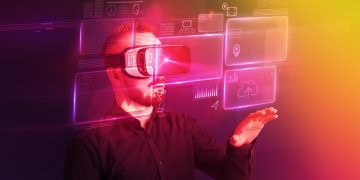








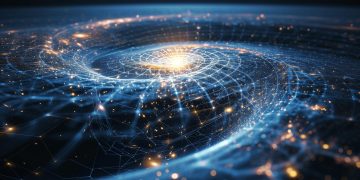

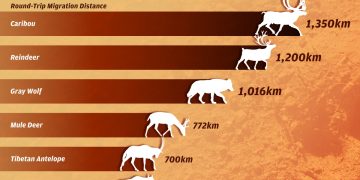
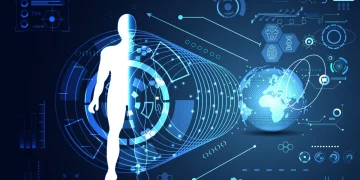


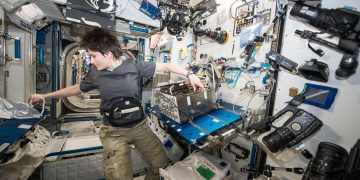
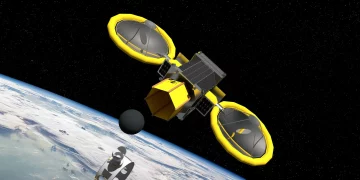






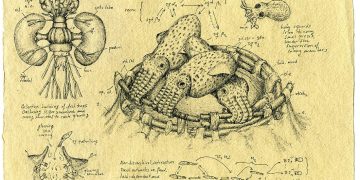

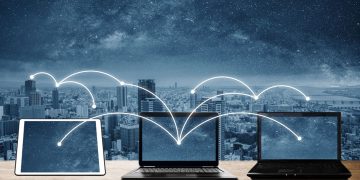
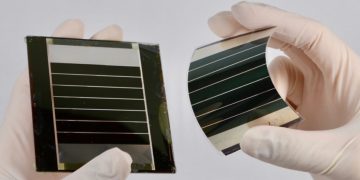
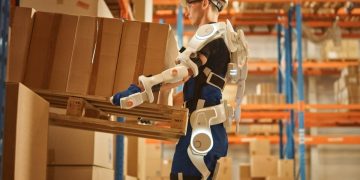





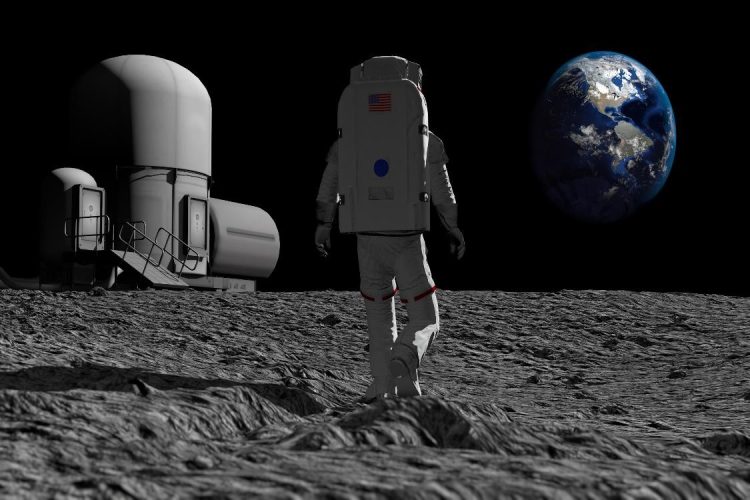












Discussion about this post